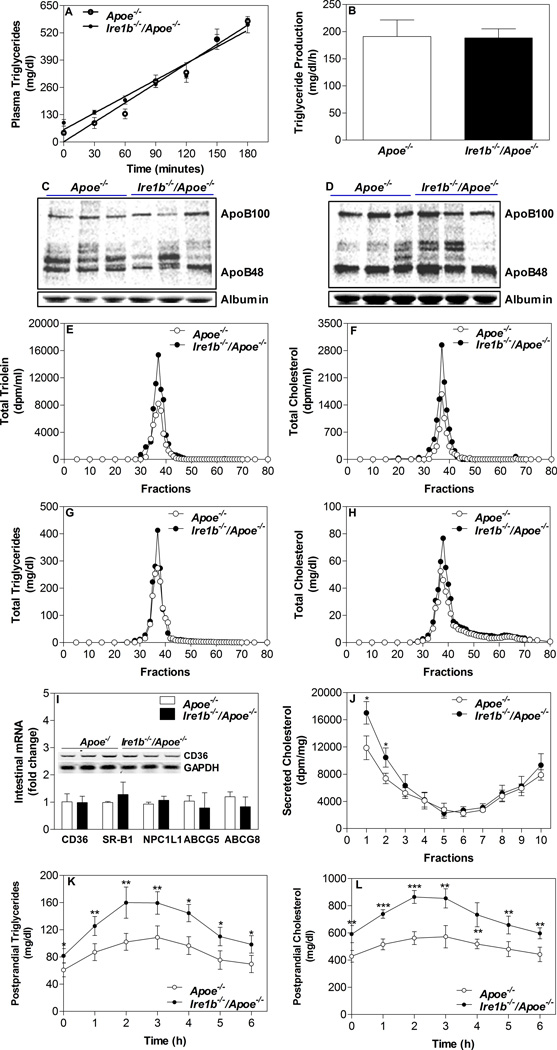Figure 2. Secretion of lipids by Ire1b−/−/Apoe−/− enterocytes.
(A–D) Hepatic lipoprotein production: Apoe−/− and Ire1b−/−/Apoe−/− male mice (n=3) fed a chow diet for 12 months were fasted overnight and injected intraperitoneally with [35S]-Promix (Perkin Elmer) along with poloxamer 407 (30 mg/mouse). Blood was withdrawn at the baseline and every 30 min after the injection for 3 h. Triglycerides were measured at each time and plotted against time (A). Rate of production was calculated using values between 1h and 3 h time points (B). To study hepatic apoB secretion, apoB-containing lipoproteins at 1 h (C) and 3 h (D) were immunoprecipitated from the plasma, separated on gel, dried, and fluorographed. Albumin was used as a control. (E–H) Intestinal lipoprotein production: Apoe−/− and Ire1b−/−/Apoe−/− male mice were fed a chow diet (n=4) for 12 months. Mice were fasted overnight and injected intraperitoneally with poloxamer 407 (30 mg/mouse). After 1 h, mice were fed 0.5 µCi of [3H]triolein or [14C]cholesterol as well as 0.2 mg of cholesterol in 15 µL of olive oil. Plasma was collected after 2 h and separated by gel filtration to determine counts (E and F) and mass (G and H) in different lipoproteins. (I) Total RNA isolated from the intestine of Apoe−/− and Ire1b−/−/Apoe−/− male mice fed a chow (n=8) diet was used to quantify mRNA levels of CD36, SR-B1, NPC1L1, ABCG5, and ABCG8 (M). Intestines were also used to perform western blotting for CD36 (Inset). (J) Increased cholesterol secretion with chylomicrons by Ire1b−/−/Apoe−/− enterocytes: In a different experiment, enterocytes were isolated from chow diet fed overnight fasted mice and labeled for 1 h with 0.5 µCi/ml of [3H]cholesterol. Enterocytes were washed and incubated with fresh media containing 1.4 mM oleic acid containing micelles. Media was used for separating lipoproteins by density gradient ultracentrifugation and radioactivity was determined in separated fractions. Fractions 1–3 represent apoB-containing lipoproteins whereas fractions 8–10 represent non-apoB containing lipoproteins. Each measurement was done in triplicate with 3 mice per group. Mean ± SD, *p<0.05 compared with Apoe−/−. (K–L) Postprandial hyperlipidemia after food entrainment: Apoe−/− and Ire1b−/−/Apoe−/− male mice (n=4) fed chow diet for 12 months were subjected to restricted feeding and had access to food only from 9:30 AM to 01:30 PM for 10 days. On the last day, blood was withdrawn at 9:30 AM (just before the food was given) and at hourly intervals. Total triglycerides (K) and cholesterol (L) levels were measured in the plasma at each time point.

